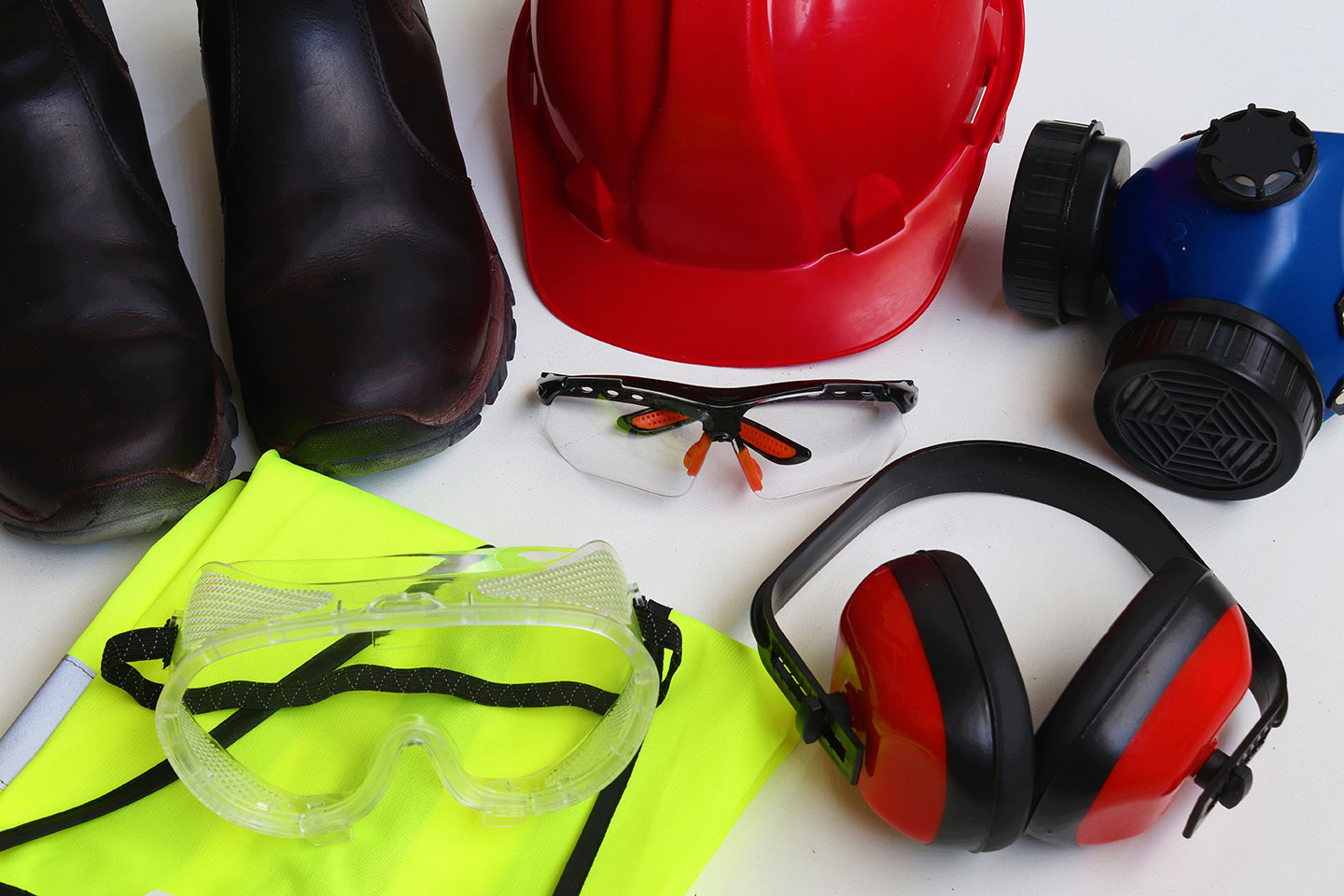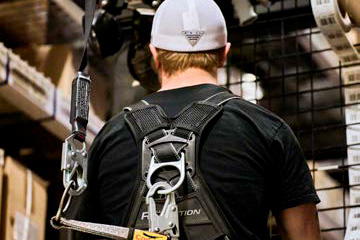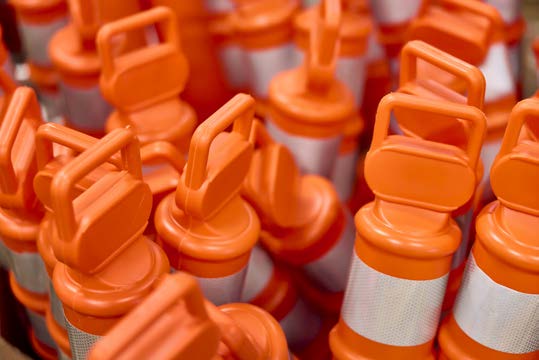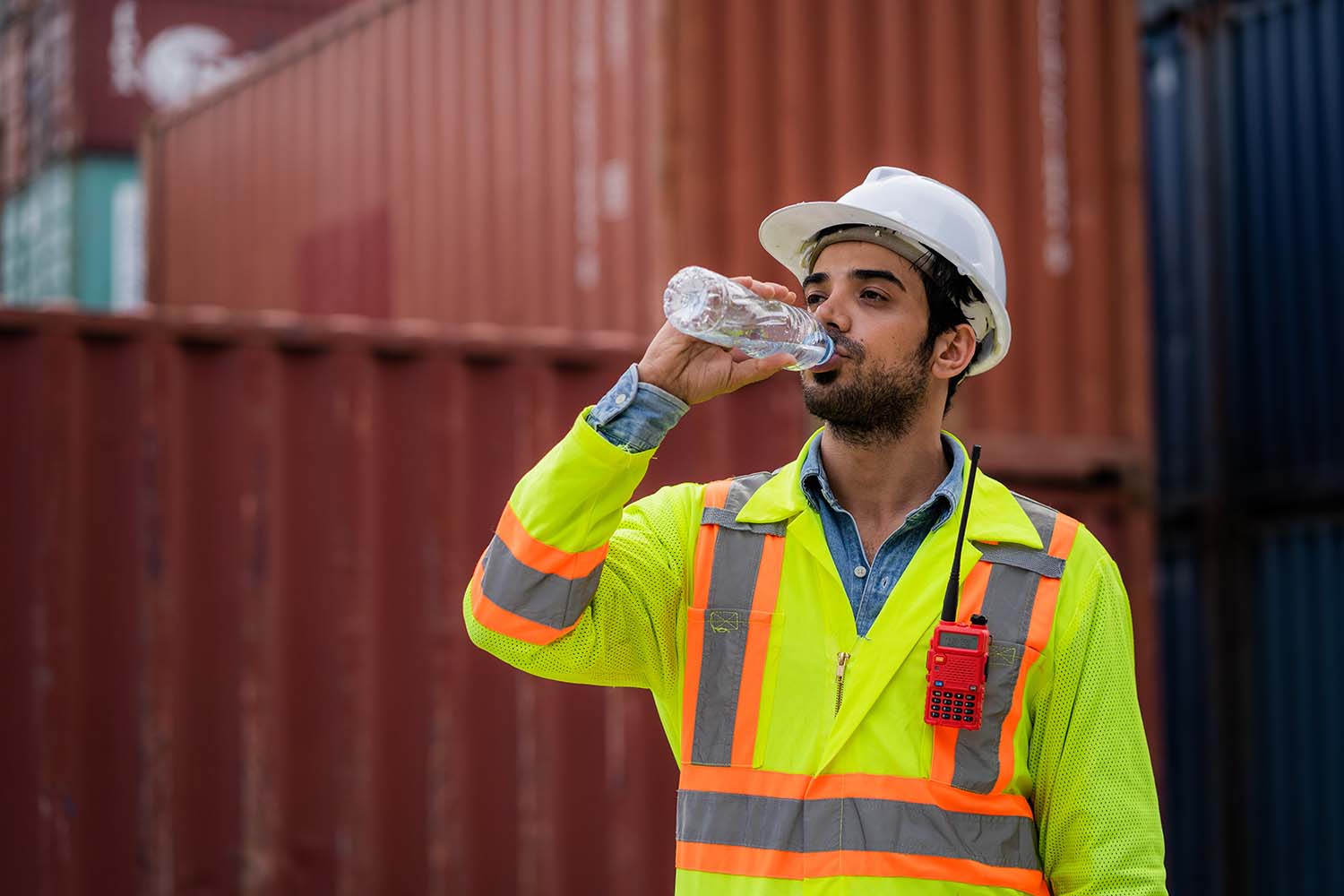KNOW SAFETY & HEALTH
Stay current on the latest environment, health and safety (EHS) news, OSHA regulatory changes, tips, resources and management best practices with Grainger KnowHow®.
![]() SAFETY
SAFETY
- Machine Guarding: OSHA Requirements 09/14/23
- Types of Moisture Meters 09/14/23
- Forklift Safety Training Guide 05/29/23
![]() ARTICLES
ARTICLES

PPE in the Workplace
Safety Quiz: How Much Do You Really Know About PPE?
How well do you know your safety gear? Test your knowledge with our short quiz to ensure you’re up to date with key safety practices.
05/02/24















